Description
Phenol: A Chemical Compound with Diverse Applications and Potential Risks
Phenol, also known as carbolic acid, is an aromatic organic compound distinguished by a hydroxyl group (-OH) directly bonded to a benzene ring. This seemingly simple structure belies a compound with a rich history, diverse applications, and important considerations regarding its handling and toxicity.
A Brief History and Discovery:
Phenol’s story is intertwined with the development of antiseptic practices. Discovered in 1834 by Friedlieb Ferdinand Runge, it was initially extracted from coal tar. Its antiseptic properties were recognized by Joseph Lister in the mid-19th century, who pioneered its use in surgical procedures, drastically reducing post-operative infections. This crucial discovery marked a turning point in medical history and cemented phenol’s position as a vital chemical compound.
Key Properties and Characteristics:
Phenol appears as a colorless or white crystalline solid at room temperature. It has a characteristic medicinal or carbolic odor. Key properties include:
- Acidity: While alcohols are generally neutral, the hydroxyl group attached to the benzene ring makes phenol significantly more acidic. This acidity is due to the stabilization of the phenoxide ion formed after deprotonation.
- Solubility: Phenol is moderately soluble in water, with solubility increasing at higher temperatures. It is readily soluble in organic solvents such as alcohol, ether, and benzene.
- Reactivity: Phenol is highly reactive and can undergo a variety of chemical reactions, including electrophilic aromatic substitution, allowing it to be used as a precursor in the synthesis of numerous other compounds.
- Hygroscopic: Phenol absorbs moisture from the air.
Applications Across Industries:
Phenol’s versatility has led to its use in a wide range of industries, including:
- Resins and Plastics: A significant portion of phenol production is dedicated to the synthesis of phenolic resins, such as Bakelite, used in various applications ranging from molding compounds to adhesives and coatings.
- Pharmaceuticals: Phenol is a key intermediate in the manufacture of many pharmaceuticals, including aspirin, analgesics, and certain antiseptics.
- Disinfectants and Antiseptics: While its direct use as a disinfectant has declined due to toxicity concerns, phenol derivatives are still employed in disinfectants and antiseptics.
- Herbicides: Phenoxy herbicides, synthesized from phenol, are widely used in agriculture for weed control.
- Chemical Synthesis: Phenol serves as a building block for the synthesis of a vast array of organic compounds used in various industries.
Safety Considerations and Toxicity:
Despite its benefits, phenol poses significant health risks. It is corrosive and can cause severe burns upon contact with skin, eyes, or mucous membranes. Inhalation or ingestion can lead to serious systemic toxicity, including neurological effects, kidney damage, and liver damage.
- Handling Precautions: Due to its toxic nature, phenol must be handled with extreme care. Proper personal protective equipment (PPE), including gloves, eye protection, and respiratory protection, is essential.
- Environmental Concerns: Phenol can contaminate water sources and pose a threat to aquatic life. Proper waste management and disposal practices are crucial to minimize environmental impact.
- Exposure Symptoms: Symptoms of phenol exposure can include skin irritation, nausea, vomiting, headache, dizziness, and difficulty breathing. Immediate medical attention is necessary in cases of significant exposure.
Conclusion:
Phenol is a chemical compound with a fascinating history, diverse applications, and significant impact on various industries. From its use as a groundbreaking antiseptic to its role in the production of plastics and pharmaceuticals, phenol has shaped modern life. However, its inherent toxicity necessitates careful handling and responsible use. Understanding its properties, applications, and potential risks is crucial for ensuring its safe and sustainable use. As research continues, new and safer alternatives to some phenol applications are being explored, further emphasizing the importance of ongoing vigilance in the handling and application of this potent chemical.

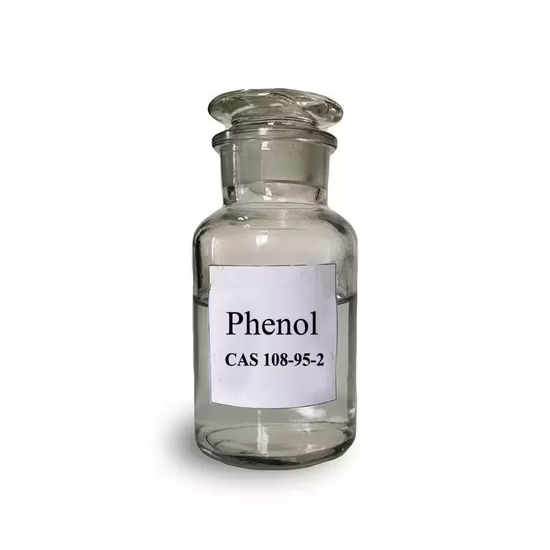
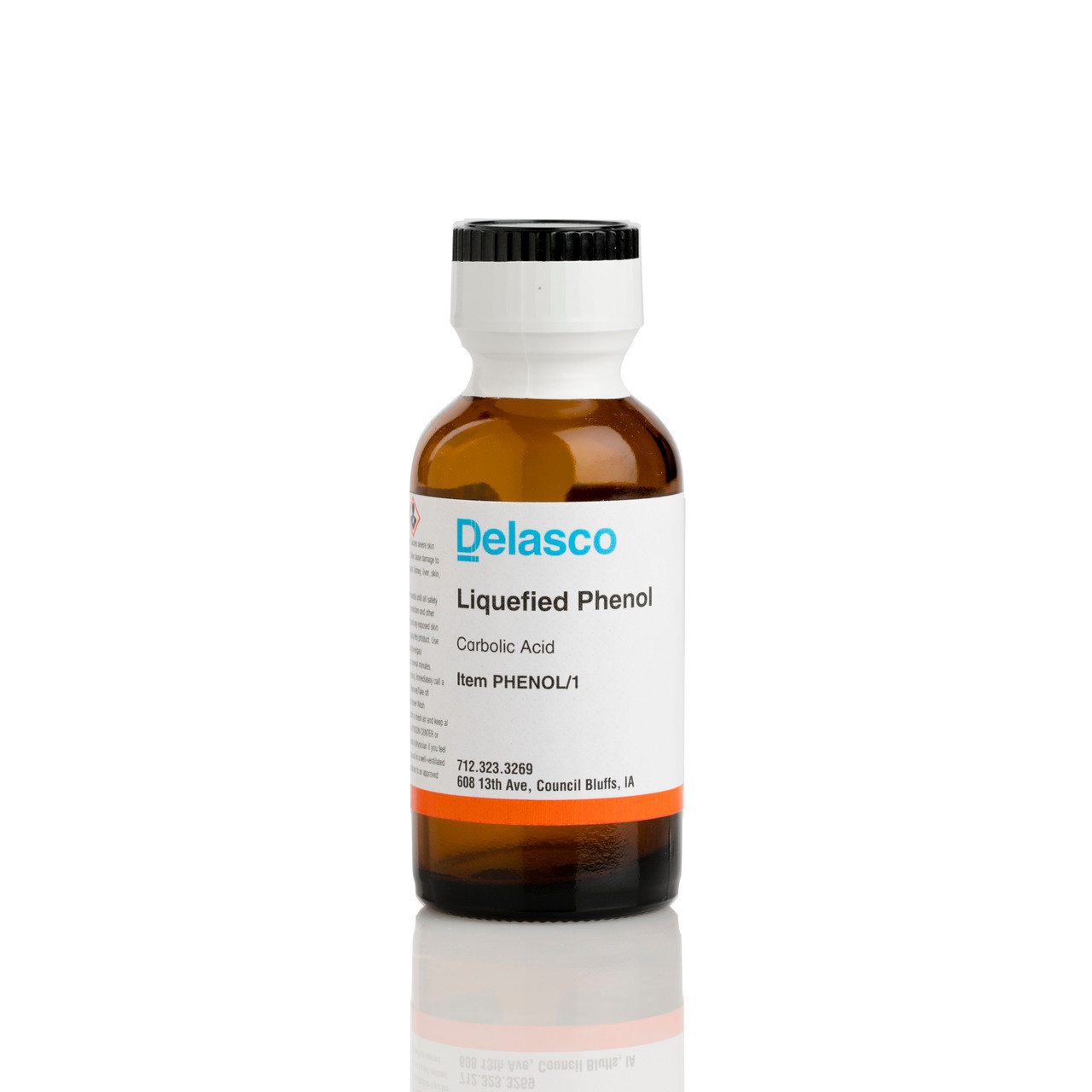

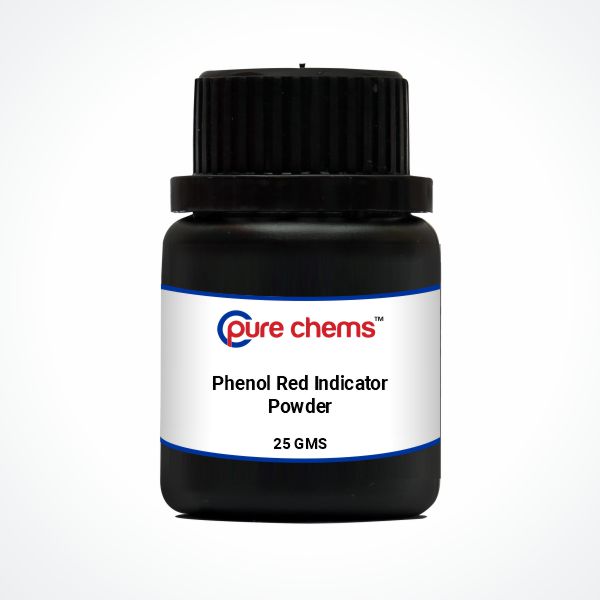




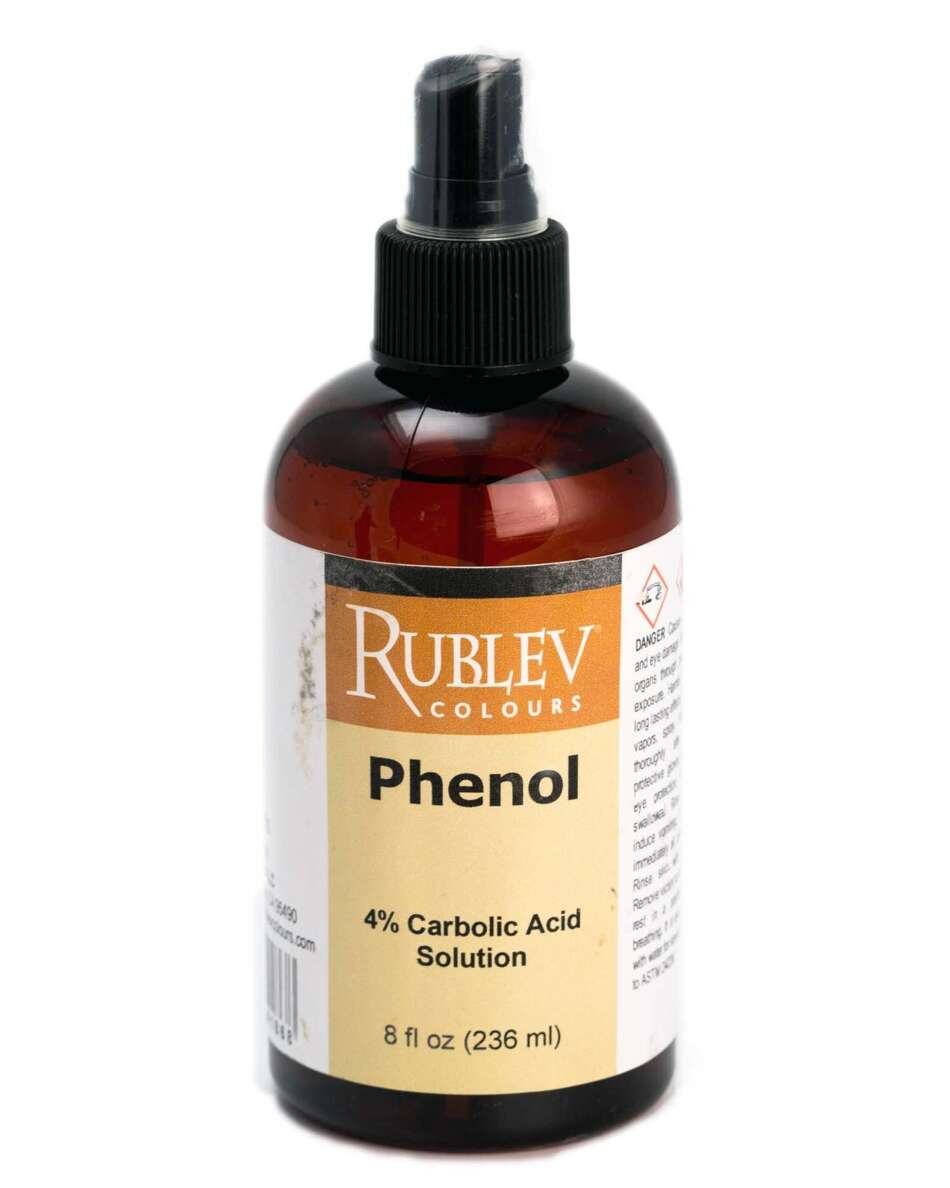



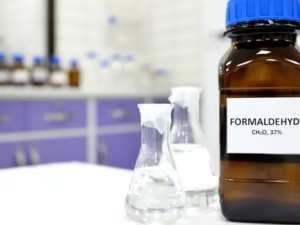
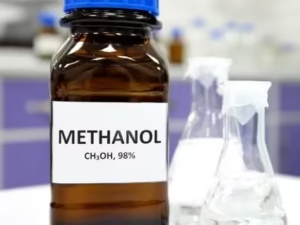
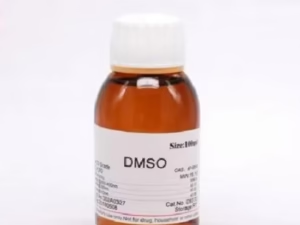
Reviews
There are no reviews yet.